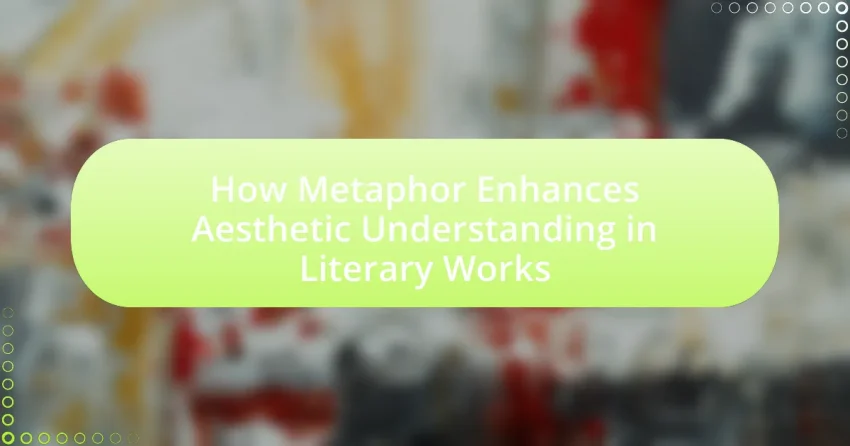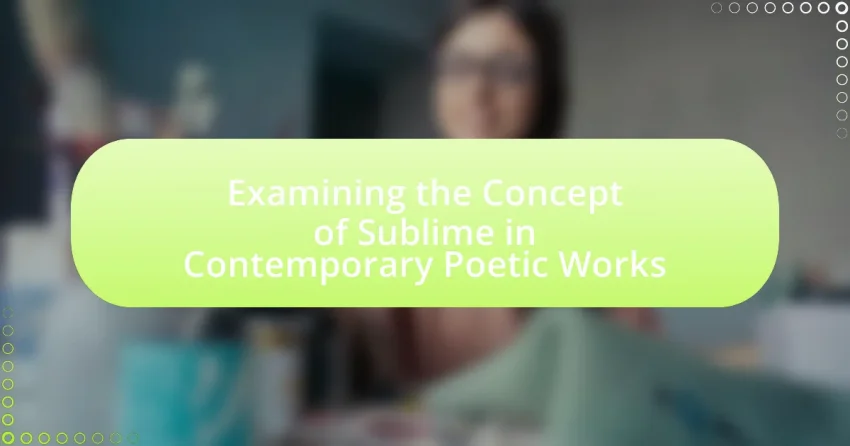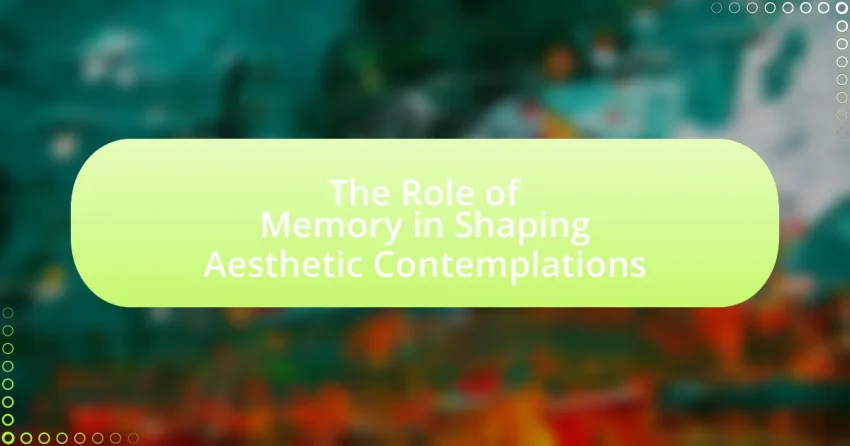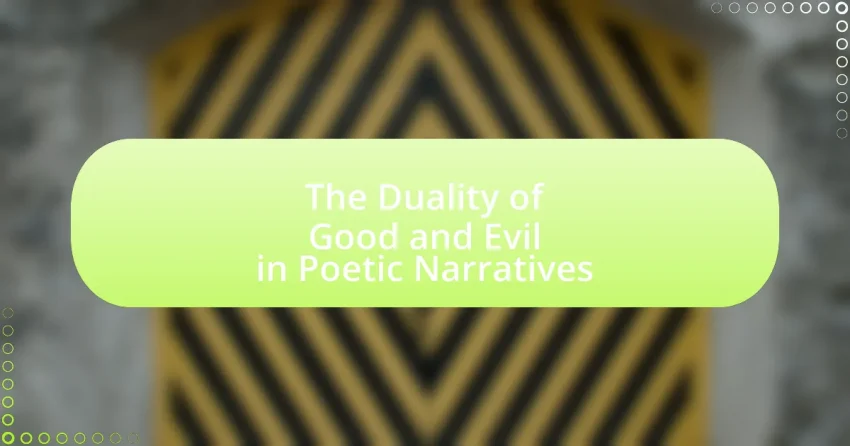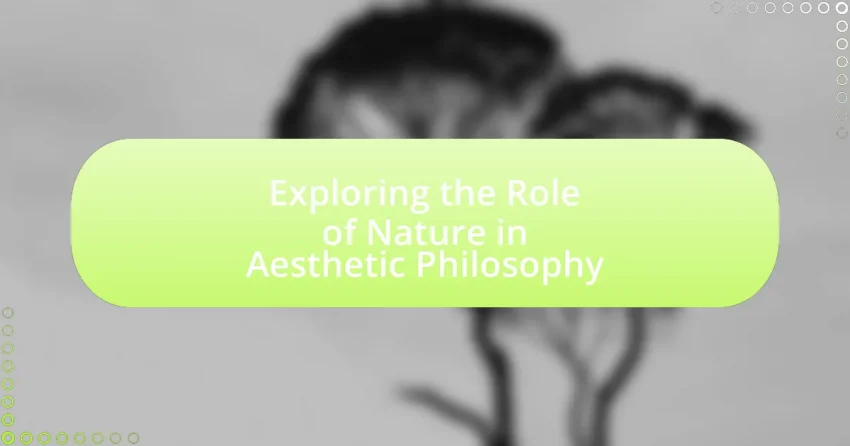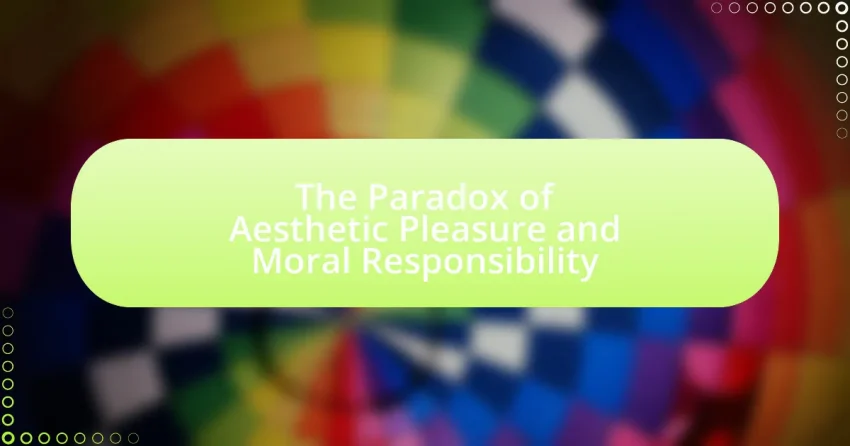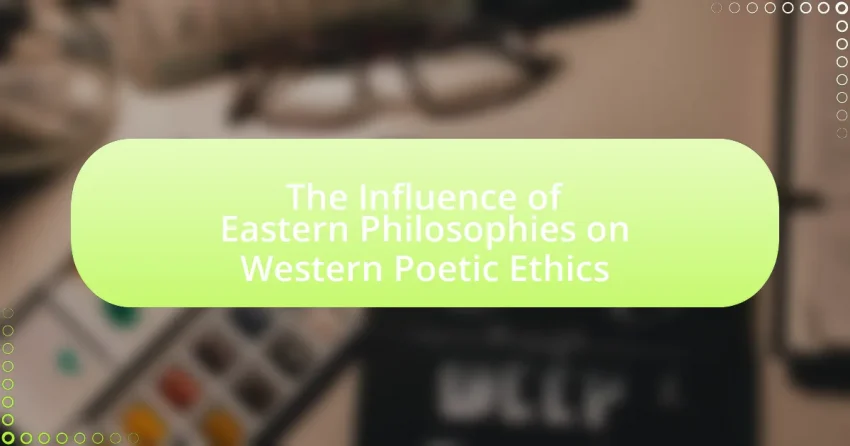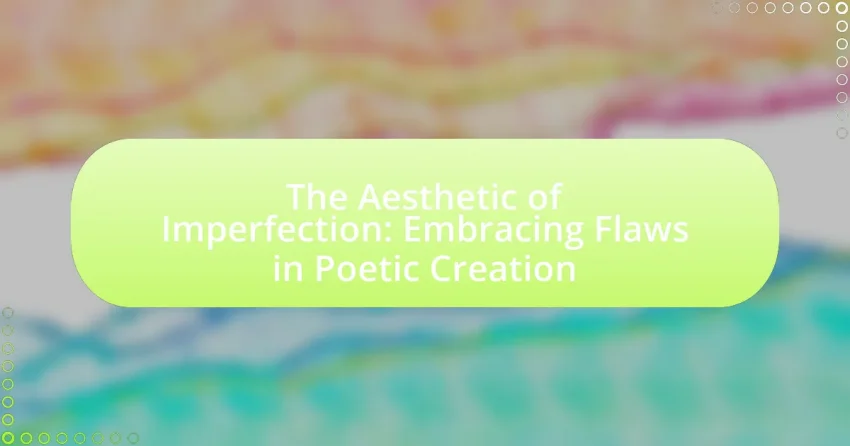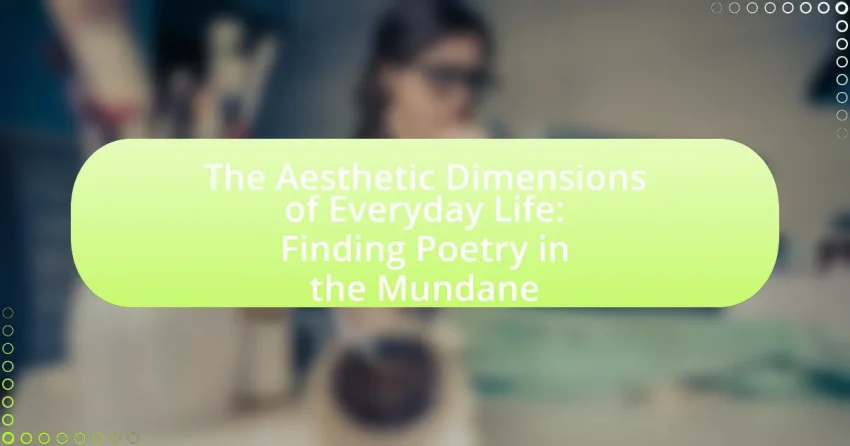Digital poetry is a contemporary form of artistic expression that utilizes technology to challenge and redefine traditional ethical boundaries related to authorship, originality, and audience engagement. This article explores how digital poetry incorporates multimedia elements and interactivity, leading to collaborative creation and raising ethical dilemmas surrounding copyright and misrepresentation. It examines the implications of digital…
How Metaphor Enhances Aesthetic Understanding in Literary Works
Metaphor plays a vital role in enhancing aesthetic understanding in literary works by creating vivid imagery and emotional connections that deepen reader engagement. This article explores how metaphors convey complex ideas succinctly, allowing for multi-layered interpretations of themes and emotions. It examines the various types of metaphors, their impact on literary meaning, and the importance…
Examining the Concept of Sublime in Contemporary Poetic Works
The article examines the concept of the sublime in contemporary poetry, highlighting its role in evoking awe and transcendence through language that captures the complexity of human experience. It discusses the evolution of the sublime from historical definitions to modern interpretations, emphasizing themes such as existential angst and the interplay of beauty and terror. Key…
The Role of Memory in Shaping Aesthetic Contemplations
The article examines the critical role of memory in shaping aesthetic contemplations, highlighting how personal and cultural memories influence the perception and appreciation of art and beauty. It discusses various types of memory, including emotional, episodic, and procedural memory, and their impact on individual interpretations of artistic works. The interplay between memory and aesthetics is…
The Duality of Good and Evil in Poetic Narratives
The duality of good and evil in poetic narratives examines the contrasting moral forces that shape human experiences and ethical dilemmas. This article explores how poets represent this duality through characters, themes, and conflicts, highlighting the complexity of morality and the interdependence of good and evil. Key themes include the struggle between moral choices and…
Exploring the Role of Nature in Aesthetic Philosophy
The article explores the role of nature in aesthetic philosophy, highlighting its significance as a primary source of beauty and inspiration for artistic expression. It examines how philosophers like Immanuel Kant and John Dewey have articulated the connection between nature and aesthetic experience, emphasizing nature’s influence on emotional responses and creativity. The discussion includes historical…
The Paradox of Aesthetic Pleasure and Moral Responsibility
The Paradox of Aesthetic Pleasure and Moral Responsibility examines the conflict between enjoying art that may embody immoral themes and the ethical implications of such enjoyment. This article explores how aesthetic experiences can evoke emotional responses that influence moral reasoning and decision-making, highlighting the interplay between aesthetic pleasure and moral accountability. It discusses various philosophical…
The Influence of Eastern Philosophies on Western Poetic Ethics
The article examines the influence of Eastern philosophies, particularly Buddhism and Taoism, on Western poetic ethics. It highlights how these philosophies introduce concepts such as interconnectedness, mindfulness, and the moral responsibility towards nature and humanity, which have been reflected in the works of poets like Walt Whitman and Gary Snyder. The discussion includes historical impacts,…
The Aesthetic of Imperfection: Embracing Flaws in Poetic Creation
The Aesthetic of Imperfection in Poetic Creation highlights the artistic value found in flaws and irregularities within poetry, emphasizing authenticity and the human experience. This concept is rooted in historical movements such as Romanticism and the Japanese philosophy of Wabi-Sabi, which celebrate vulnerability and the beauty of imperfections. The article explores how poets incorporate flaws…
The Aesthetic Dimensions of Everyday Life: Finding Poetry in the Mundane
The article explores the aesthetic dimensions of everyday life, emphasizing the sensory experiences and emotional responses derived from routine activities and environments. It defines aesthetics in daily experiences as the appreciation of beauty through visual, auditory, and tactile elements, highlighting how these dimensions contribute to well-being and emotional engagement. Key topics include the elements that…

